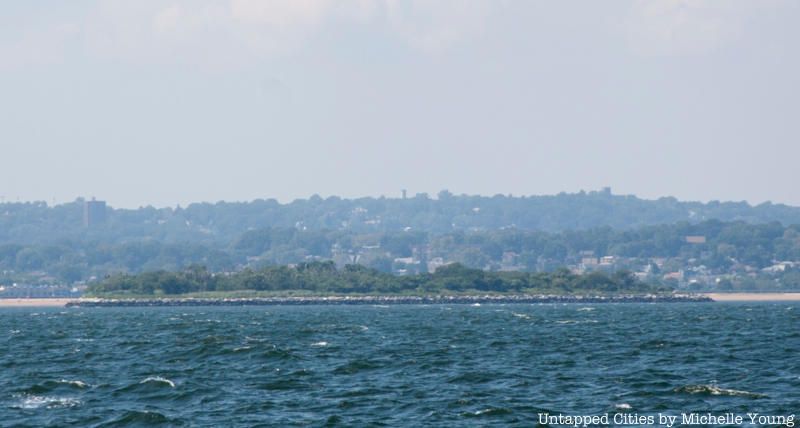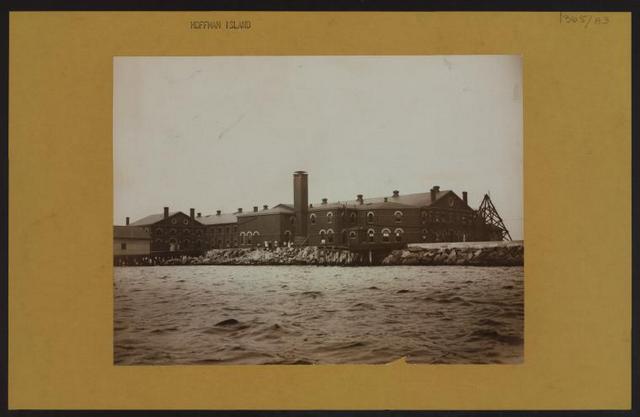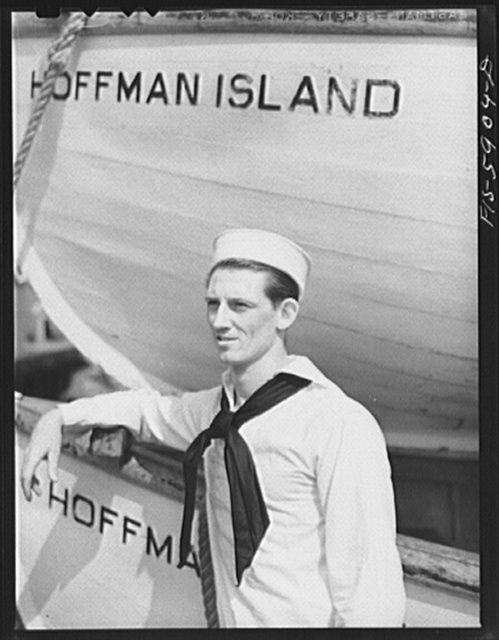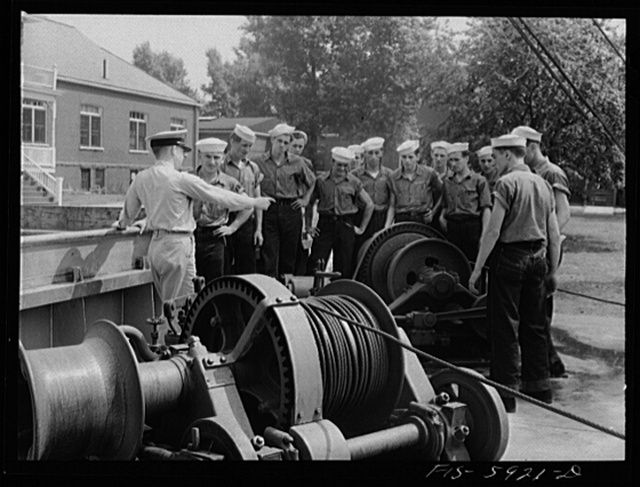100th Anniversary Great Nave Tour at the Cathedral of St. John the Divine
Celebrate the 1925 construction of the stunning nave inside the world's largest Gothic cathedral!


East of Staten Island’s South Beach, two artificial islands called Hoffman Island and Swinburne Island rest undisturbed in the Lower New York Bay. The islands are close enough to the shore that beach-goers can see them from the South Beach-Franklin Delano Roosevelt Boardwalk. However, there is little knowledge of the islands as they’ve been off-limits to the public since 1947. For the benefit of avian species, the National Park Service currently manages the eleven-acre Hoffman Island and four-acre Swinburne Island as part of the Staten Island Unit of the Gateway National Recreation Area.
Long before the artificial islands became a nesting ground for birds, they had several human uses. Hoffman and Swinburne were constructed from landfill in the 1870s, and served as designated quarantine stations for arriving immigrants who were found to be suffering from contagious diseases, similar to the Ellis Island Southside Hospitals. To prevent the occurrence of a deadly epidemic, a concrete wall barricades each island. Years later, the islands were also used as military training centers.

According to the author of an article from Frank Leslie’s Popular Monthly in 1892 (which also used to be known as The American Magazine), the most interesting place on Hoffman Island was the disinfecting chamber in the New Administration Building. Inside, a series of narrow passageways held overhead tracks where baskets containing contaminated clothes were pushed. The place was kept as air tight as possible, and everything in it was made of iron.

The hospital on Hoffman Island. Source: NYPL Digital Gallery
Back then, Hoffman Island was not the site of a hospital, but a “Quarantine of Observation” for those exposed to smallpox or typhus. Swinburne Island housed a hospital dedicated to cholera and yellow fever cases, a crematory, and a mortuary. Here, patients were fumigated with sulfur, and those who passed away on the island went to either the mortuary or crematory, depending on the season as well as the preferences of their relatives or friends.
 Hoffman Island as a merchant marine training center. Source: Library of Congress
Hoffman Island as a merchant marine training center. Source: Library of Congress

Source: Library of Congress
Immigration numbers declined during the First World War, and the United States passed the Immigration Act in 1923, which limited Southern and Eastern Europeans from coming in. New York also discovered new ways to control infectious diseases, and these factors contributed to the closure of many quarantine stations. Hoffman and Swinburne Island were abandoned until 1938, when additional buildings were constructed on Hoffman Island for use as U.S. Maritime training school.
After the U.S. Maritime school closed in 1947, the islands were abandoned until the New York City Parks Department acquired the islands for $10,000 in 1966 to preserve the natural landscape of the bay and harbor. At this time, city planners and politicians advocated joining South Beach and the islands to make up a giant park, but the plan was soon forgotten. In the 1980s, the city’s plans included opening new homeless shelters in some of the borough’s residential neighborhoods. In response to this, Staten Island residents proposed building a homeless shelter on both or either one of the islands, but the idea did not pan out either.
According to this National Public Service report, the structures on Hoffman Island were completely destroyed, while some remain standing on Swinburne Island. Now, the artificial islands are home to birds like the snowy egret, black-crowned night heron and the great black-backed gull. It is also reported that harbor seals tend to winter around the islands–perhaps the islands are no longer made for man anymore.
Subscribe to our newsletter